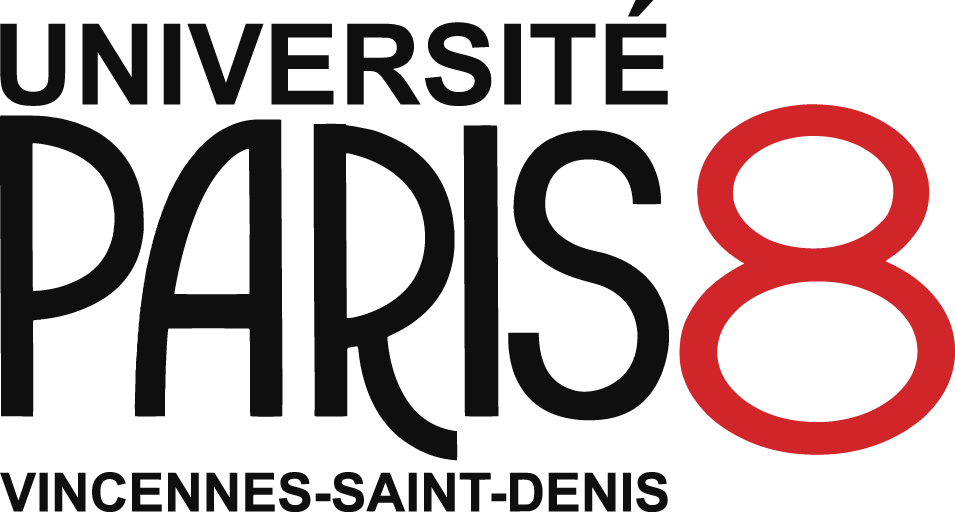Investigating the effect of process parameters for fused filament fabrication
Résumé
Fused Filament Fabrication (FFF) is a promising technology that is largely developed in small series, as this technology optimizes supply chains by reducing production time and costs. However, its shortcomings have slowed its adoption as a dominant production technology. Among its weaknesses, this work focuses on geometric and dimensional accuracy within tolerance range. There is a need for understanding the sources of geometrical inaccuracies and for methods of characterizing them, in order to modify the input parameters to eventually obtain the desired geometry. This work first focuses on the geometric and dimensional accuracy of parts printed by the FFF process by studying the influence of the inner radius of a cylindrical part, the type of material and the type of filling pattern. The levels with the greatest dimensional dispersion are the largest radius, the nylon material, and the hexagonal filling pattern. Secondly, a defect characterization method associated with a parametric mathematical model is developed. The 3D scanner enables the retrieval of the coordinates of the printed geometry; this allows to characterize the errors with respect to the theoretical 3D model and to modelize the printed part by a series of ellipses of which we obtain the analytical equations, as a first step of a correction process.
| Origine | Fichiers produits par l'(les) auteur(s) |
|---|


